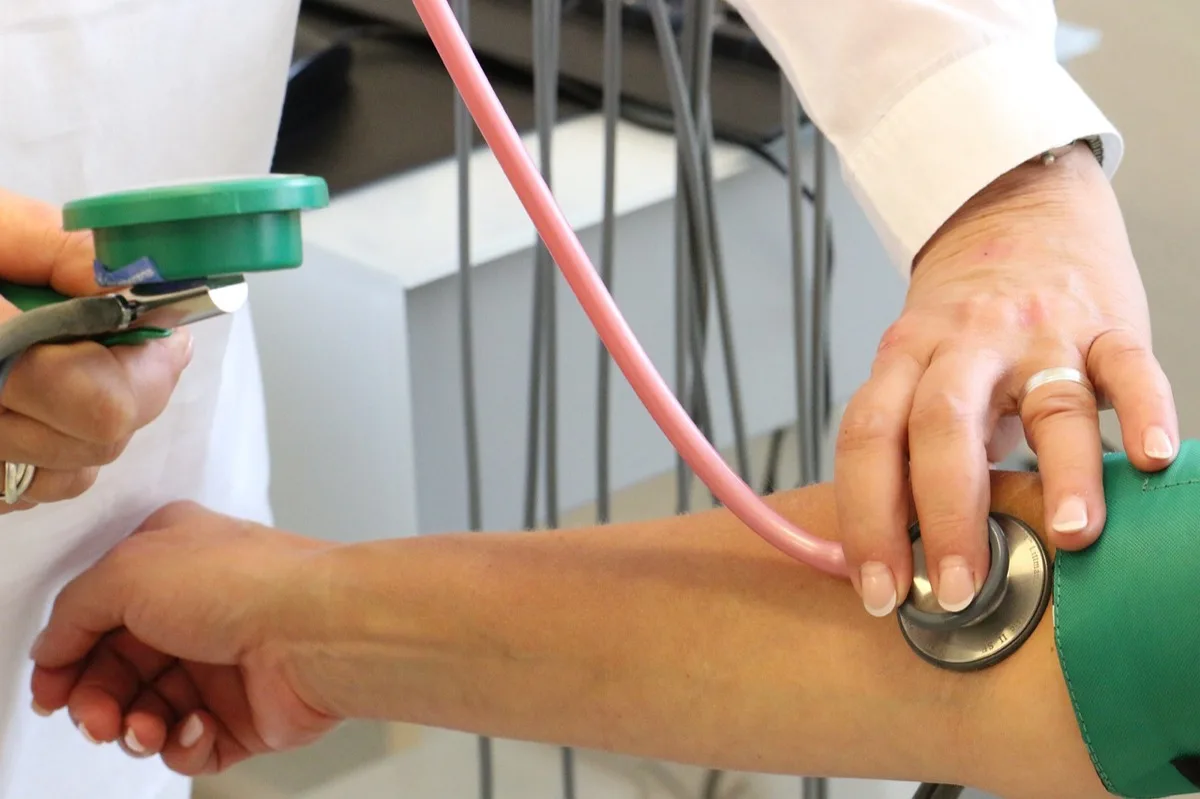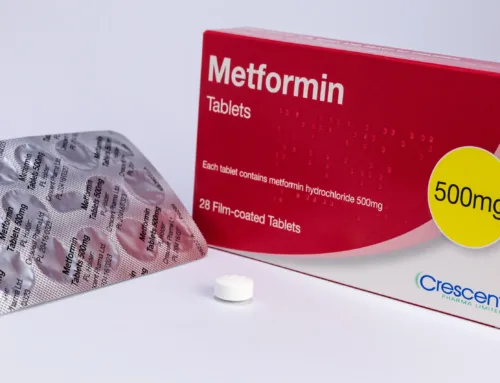Sodium
Target sodium levels vary based on age, co-existing health conditions, ethnicity, and gender. Consult with a health care provider to find an ideal target, which may range from 1,500 to 2,300 milligrams each day.28 Ninety percent of the population overconsumes sodium, with an average intake of 3,592 milligrams each day.29 For individuals struggling with hypertension, high amounts of sodium contribute to excess fluid in the body and makes it harder for the heart to maintain optimal blood flow—increasing the risk for cardiovascular problems.
Background
Interindividual variation in the response to diet is common, but the underlying mechanism for such variation is unclear.
Objective
The objective of this study was to use a metabolic profiling approach to identify a panel of urinary metabolites representing individuals demonstrating typical (homogeneous) metabolic responses to healthy diets, and subsequently to define the association of these metabolites with improvement of risk factors for cardiovascular diseases (CVDs).
Design
24-h urine samples from 158 participants with pre-hypertension and stage 1 hypertension, collected at baseline and following the consumption of a carbohydrate-rich, a protein-rich, and a monounsaturated fat–rich healthy diet (6 wk/diet) in a randomized, crossover study, were analyzed by proton (1H) nuclear magnetic resonance (NMR) spectroscopy. Urinary metabolite profiles were interrogated to identify typical and variable responses to each diet. We quantified the differences in absolute excretion of metabolites, distinguishing between dietary comparisons within the typical response groups, and established their associations with CVD risk factors using linear regression.
Results
Globally all 3 diets induced a similar pattern of change in the urinary metabolic profiles for the majority of participants (60.1%). Diet-dependent metabolic variation was not significantly associated with total cholesterol or low density lipoprotein (LDL) cholesterol concentrations. However, blood pressure (BP) was found to be significantly associated with 6 urinary metabolites reflecting dietary intake
Conclusions
These data indicate interindividual variations in BP in response to dietary change and highlight the potential influence of the gut microbiome in mediating this relation. This approach provides a framework for stratification of individuals undergoing dietary management. The original OmniHeart intervention study and the metabolomics study were registered at www.clinicaltrials.gov as NCT00051350 and NCT03369535, respectively.References
Fang J, Cogswell ME, Park S, Jackson S, Odom E. Sodium intake among U.S. adults—26 states, the District of Columbia, and Puerto Rico, 2013. MMWR, 64;695-698.
29. Yang Q, Liu T, Kuklina EV, et al. Sodium and potassium intake and mortality among US adults: prospective data from the Third National Health and Nutrition Examination Survey. JAMA Intern Med. 2011;171:1183-1191.






Leave A Comment